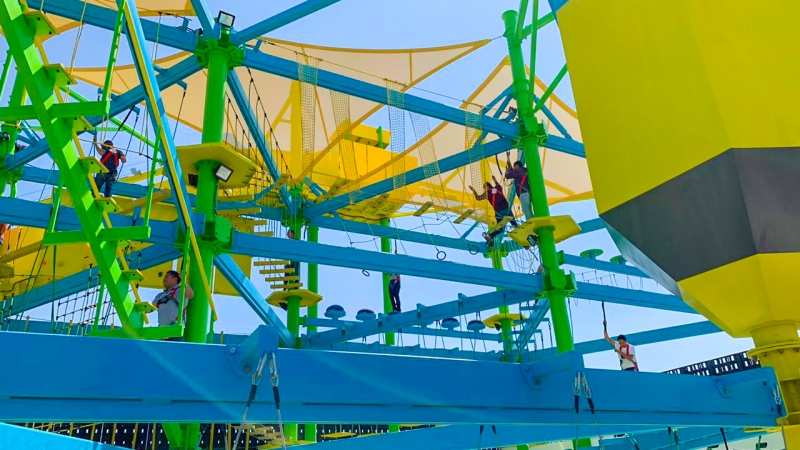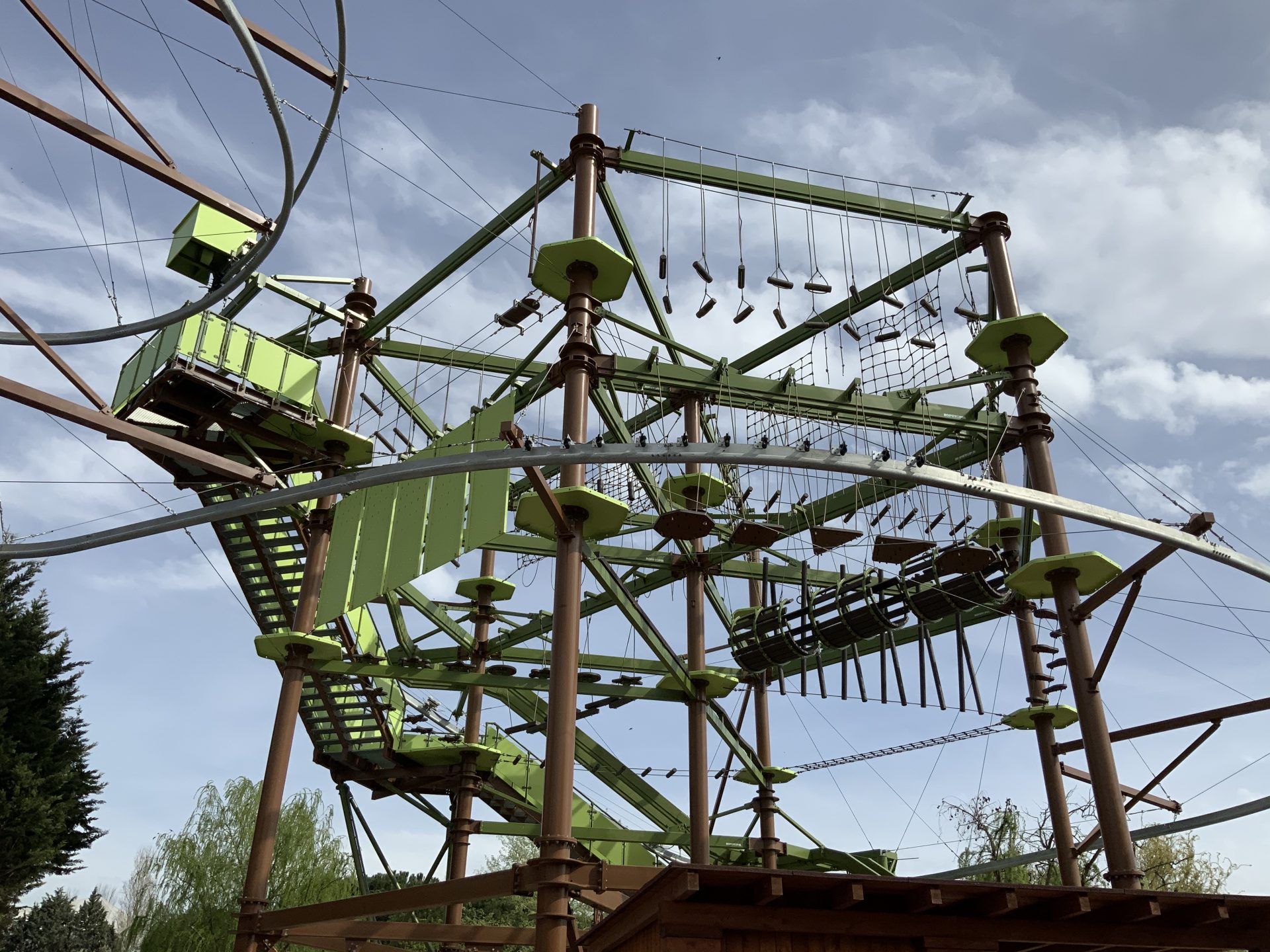Walltopia duplex coating: our solution against corrosion

It might not always come with an instant bang, like earthquakes, tornadoes and hurricanes do, but this silent sluggish destroyer costs the US economy more than all other natural disasters combined, adding up to $437 billion annually or 3 % of the GDP of the United States.
Have you guessed yet? No? Ok here is another hint: This pervasive menace turns a ton of steel into rust every 90 seconds, worldwide. Yes exactly! It’s corrosion!
Corrosion affects the service lives of our possessions, increases repair and maintenance costs, collapses buildings and shuts down industrial plants, causes explosions, toxic leakages and fires. Corrosion protection is related to many industries and sectors such as transportation, energy equipment, water supply and infrastructure engineering. There is almost no Fortune 500 company, besides those in finance, insurance or banking privileged enough not to directly deal with corrosion, whereas costs incurred by producers and suppliers of goods and services are passed on to customers. Corrosion could be broadly defined as any chemical or electrochemical interaction between a material and its environment, causing deterioration of the material and its properties. Just like water flows to the lowest level, natural processes have the tendency to drift into the lowest possible energy states. For most metals, except noble ones, the lowest energy state happens to be the form of oxides, just like the metal ore they were processed from. Metalworks are destined to slowly return to this state if the necessary precautions are not taken. Тhe rate of corrosive attack on a given metal element depends on the inherent chemical properties of the metal itself and the corrosivity of the environment where it is placed. Humid, industrially polluted and saltwater saturated settings are particularly aggressive environments for metal structures.
However, there are several methods to slow down corrosion. One of them is the application of sacrificial metallic coating, isolating the underlying metal from the corrosive media. This could be achieved by galvanizing – immersing carefully prepared steel elements in molten zinc. The result is a protective zinc layer, metallurgically bonded to the steel substrate via iron-zinc alloy. This type of corrosion protection extends the service life of steel structures at least 20 to 40 years in industrial environments and up to 100 years in low polluted areas. Polymer coatings or simply paints, have the same intent as metallic coatings, but are able to extend the service life for up to 10 years.
As steelworks are an essential part of the structural engineering done at Walltopia, we see ourselves obliged to steer clear of generating avoidable corrosion-related costs. Our way to do so is by offering all our outdoor steel structures with a “duplex-coating”- polymeric paint layer on top of the zinc coat. Due to synergistic effect, duplex systems have a service life 1.2 to 1.5 times higher than the combined protection periods of the hot-dip galvanization and paint coats.
Our contribution to a less rusty world may not solve any global corrosion problems, but it protects the investments of our clients and ensures the safety of their clients by prolonging the lifespan of the outdoor steel constructions of the attractions and facilities we build.
*”Rust the longest war” by Jonathan Waldman
SOURCES
“Corrosion Protection” by ArcelorMittal Europe
“Corrosion: Understanding the Basics” by ASM International
“Rust: The longest war” by Jonathan Waldman
“The Cost of Corrosion in China” by Baorong Hou, Institute of Oceanology, Chinese Academy of Sciences, Qingdao, Shandong, China


